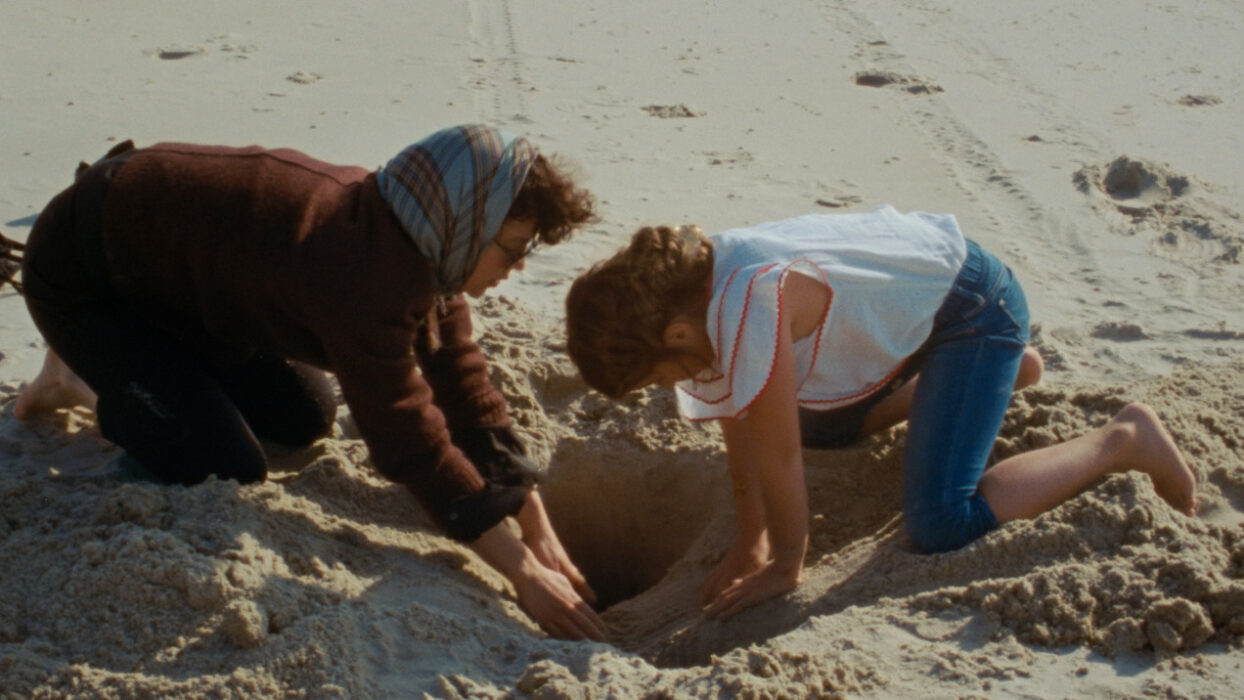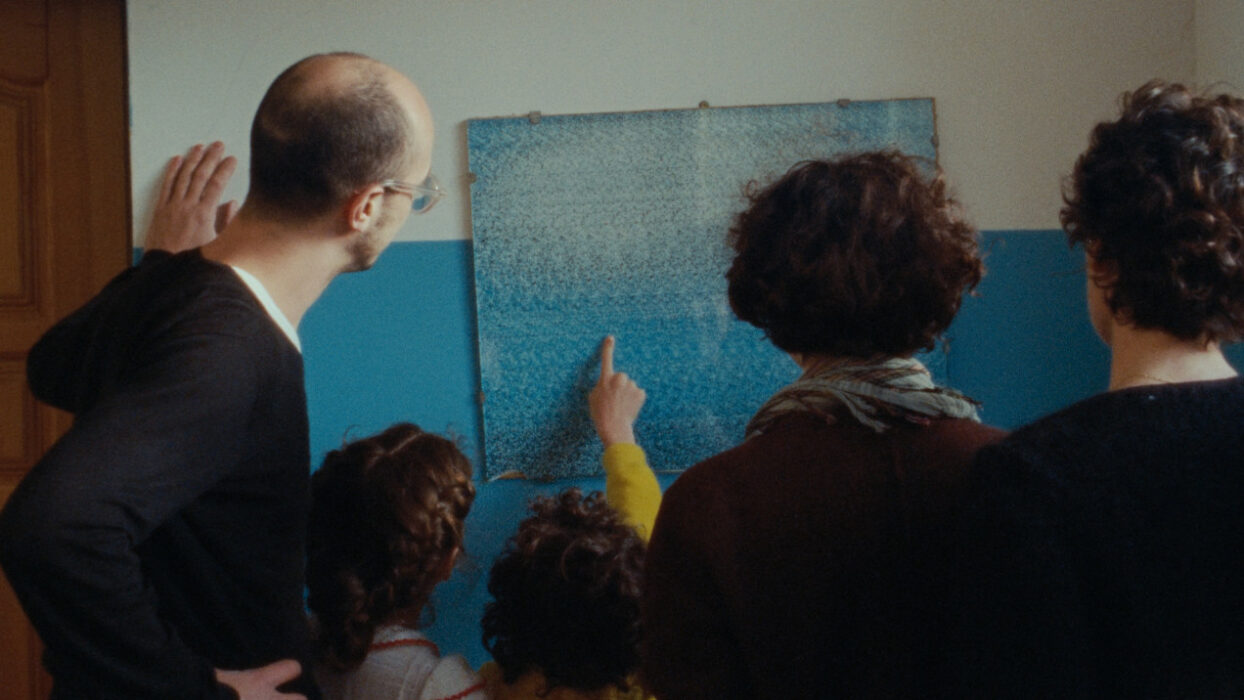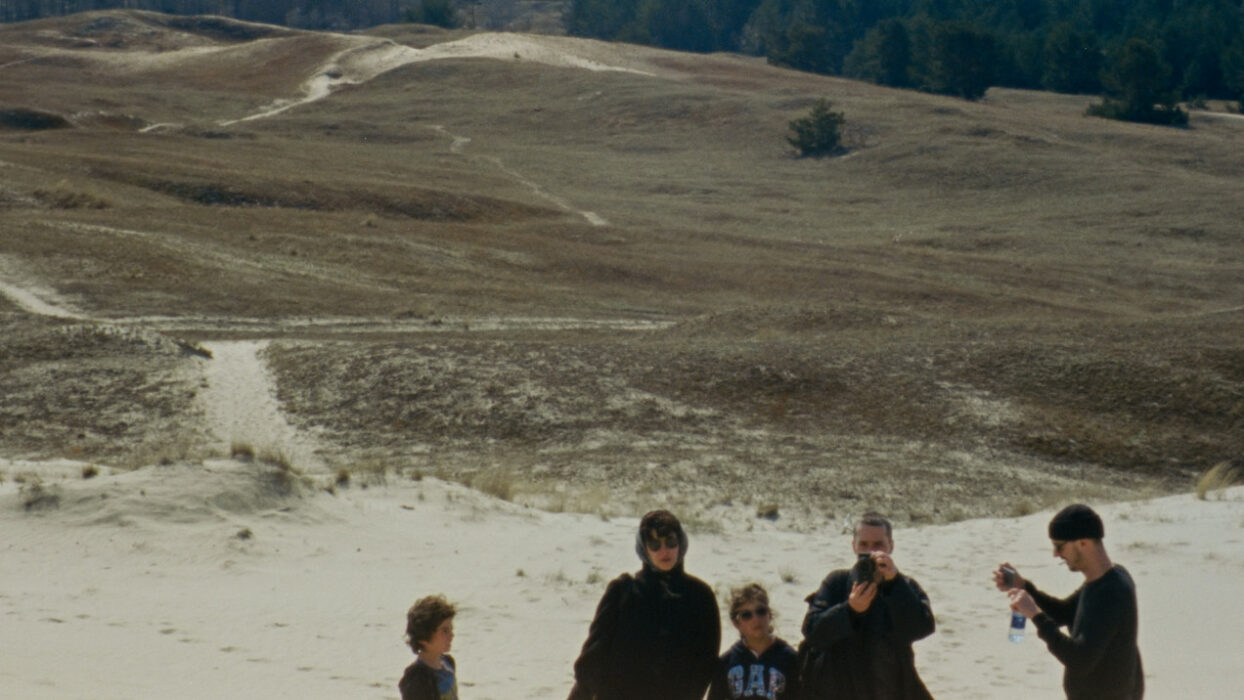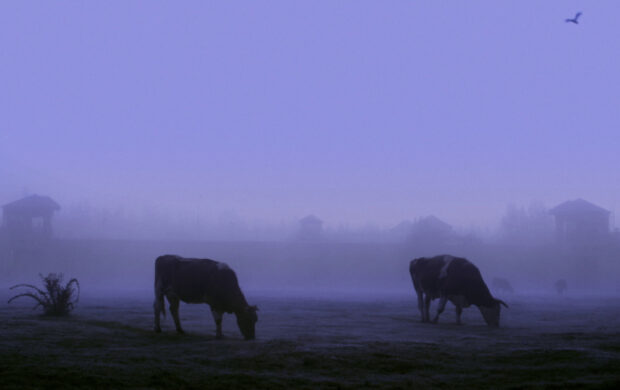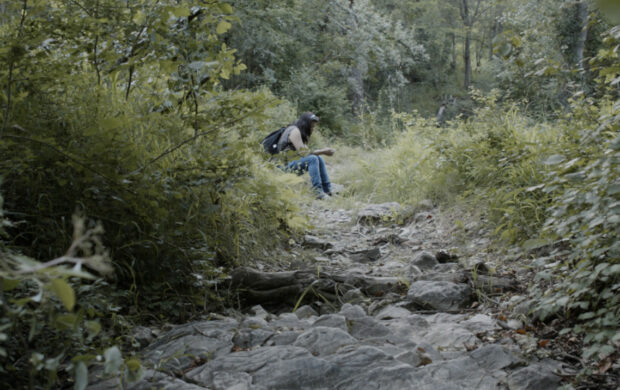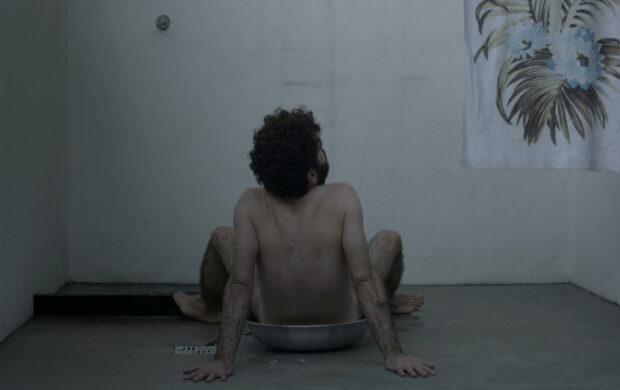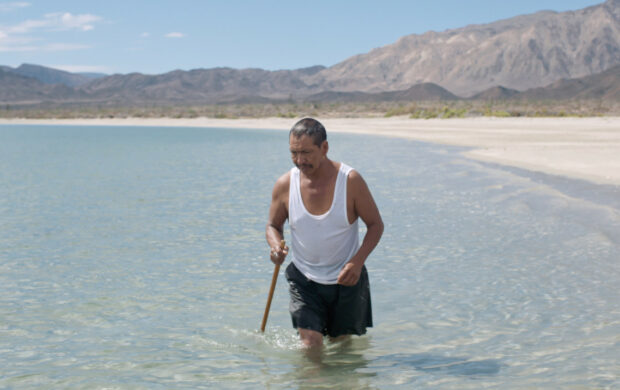Part One: Where There Is a Joyous Mood, There a Comrade Will Appear to Share a Glass of Wine
- 2018
- United Kingdom
- 23 minutes
- English
In Ursula Le Guin’s novella, The Shobies’ Story, scientists discover how to travel faster than light, but their method depends on eliminating linearity. With no common temporal reference, the crew sent into space finds itself unable to communicate, until one day someone lights a fire. Each of them then begins to talk about what they have experienced, giving body once again to a human community. It is around a drink that a group of people with unclear ties evoke the novella and discuss the linkages between the existence of time, the ability to communicate and, finally, the possibility of loving. What they say seems to confirm the novella’s theme: it is by also sharing the same time, and not just the same space, that we can remain connected to others. But the film constantly self-comments and seems to contradict itself, as human synchronism is expressed in a permanent asynchrony – with varying amplitudes – between sound and image. Resolutely non-linear, it has some travel ahead of others, reverses, loops back. Interior night, exterior day: places and moments collide to celebrate the possibility of forming, albeit temporarily, a micro-society in which people understand one another despite differences – of nationality, generation… In this regard, art seems the ideal medium. Apart from the science-fiction novella, what brings the group together is not only pictorial works but, above all, the fire represented here by the fact of creating a film together.
Olivia Cooper-Hadjian
- Production : Denna Cartamkhoob (Denna Cartamkhoob )
- Photography : Emma Dalesman
- Sound : Adam Gutch , Philippe Ciompi
- Editing : Subjective, Giedrius Puskunigis
- Music : Denna Cartamkhoob
- Print contact : Lux, distribution@lux.org.uk
